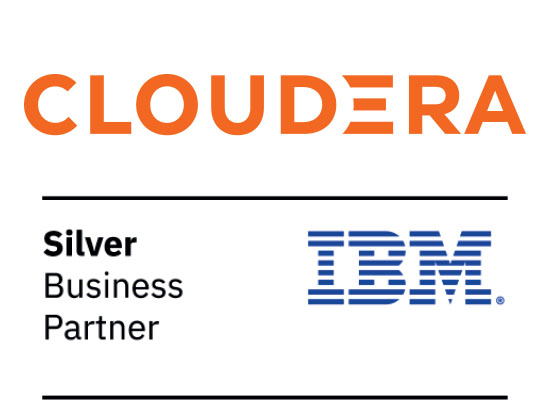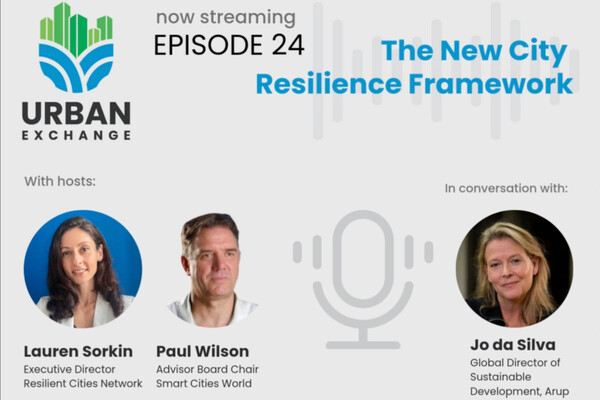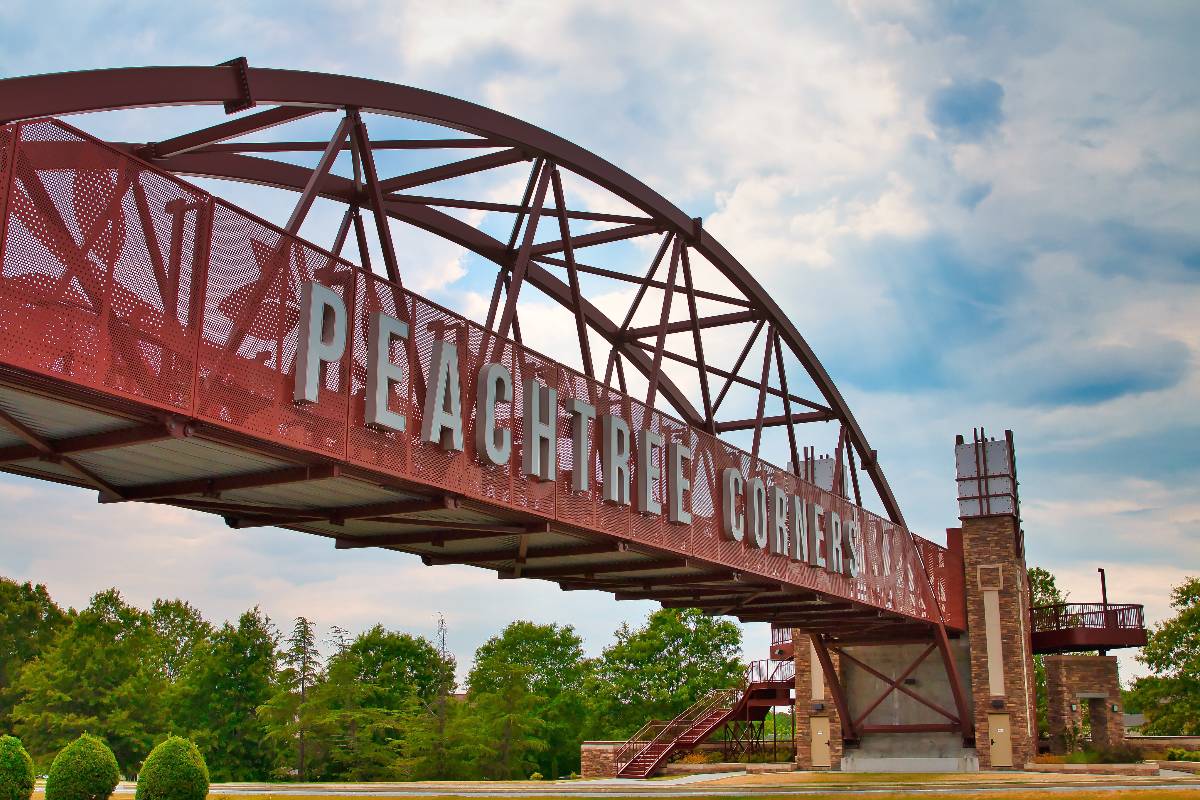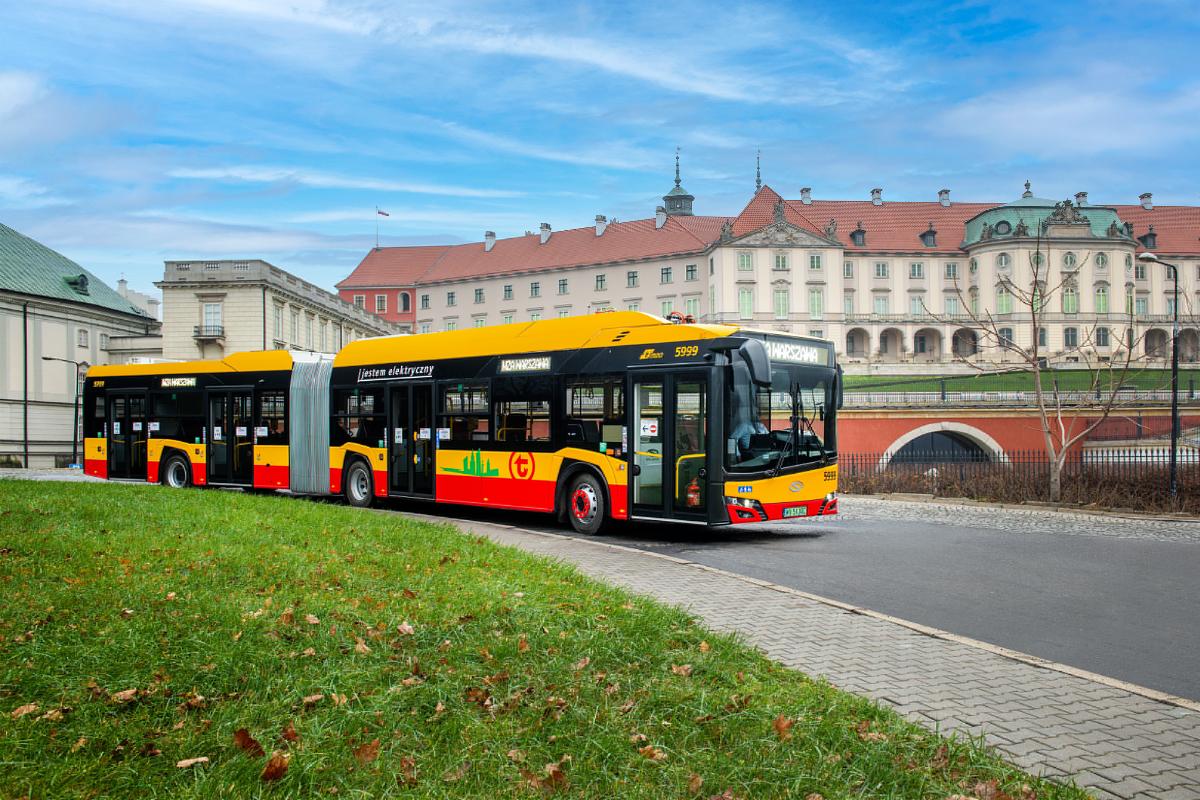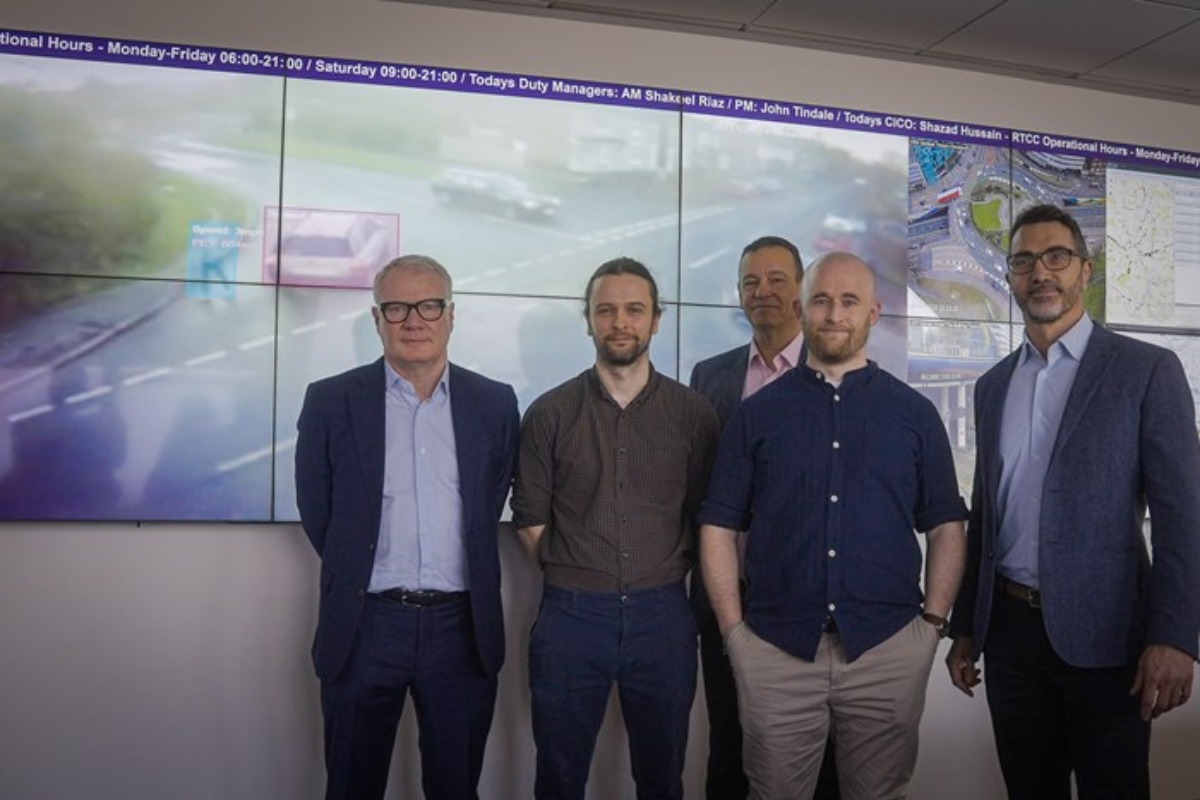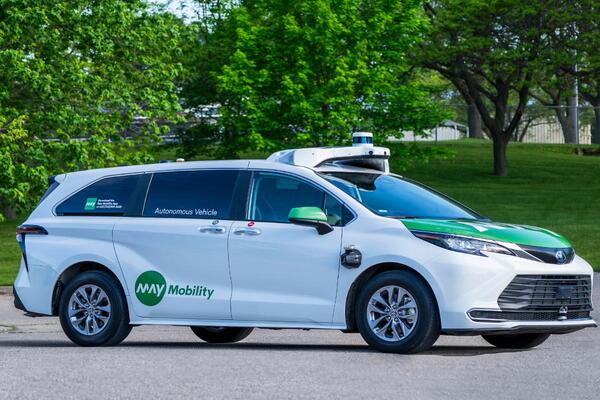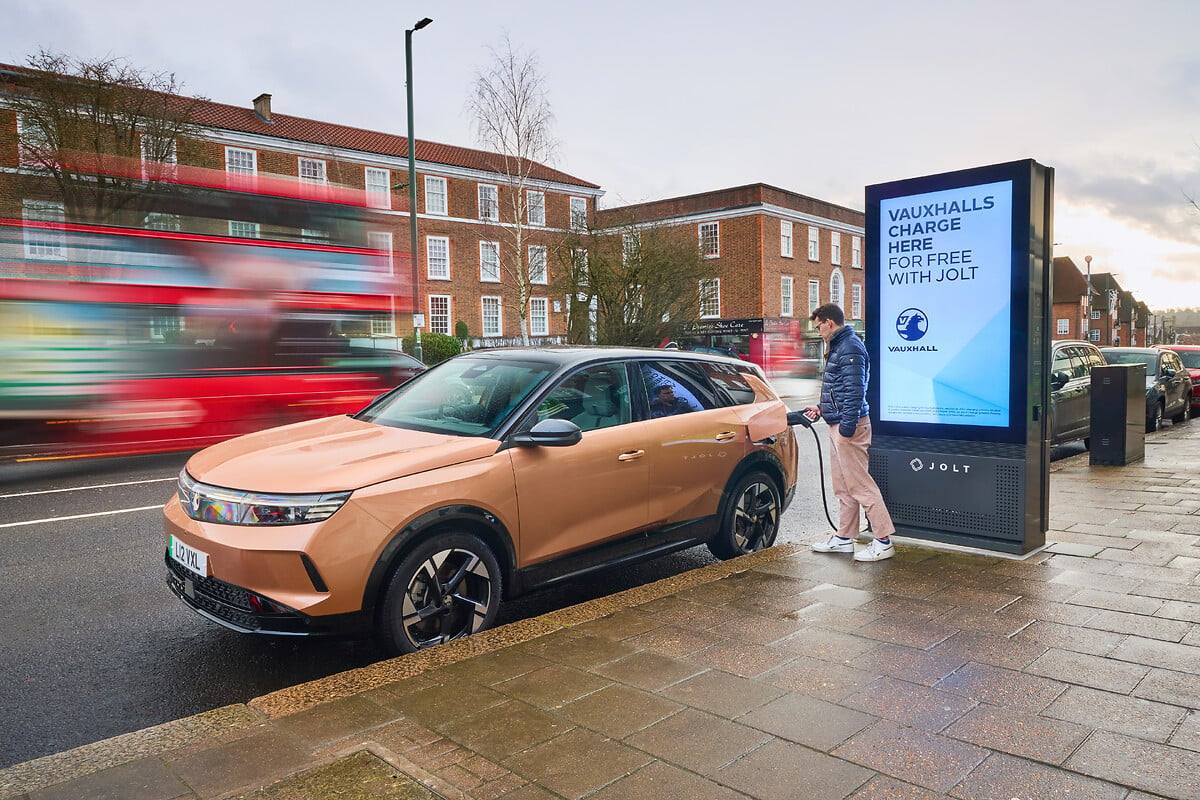Special Reports
SusHi Tech Tokyo 2024: experience ‘Tokyo 2050’ todaySponsored by The SusHi Tech Tokyo 2024 Showcase Program Executive Committee
Podcast: Connected and autonomous vehicles - where the rubber hits the road.
Sponsored by Cloudera & IBMCAVs and the data they produce could ultimately become a key part of the wider connected communities.
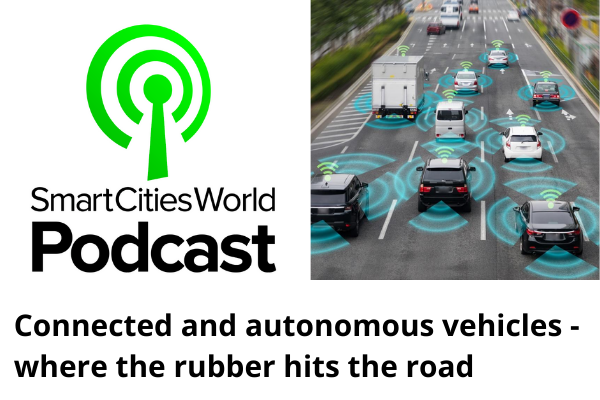
From drones to AI-driven connected cars running on a wealth of data, CAVs is one of smart cities most exciting areas and something that will form a key plank of innovation in the decade ahead. SmartCitiesWorld recently sat down with Michael Ger, Managing Director, Manufacturing and Automotive at Cloudera, and Douglas O’Flaherty, Global Ecosystem Leader at IBM Storage, to discuss the autonomous vehicle market, its opportunities today and what lies in wait for the decade ahead. Below is an extract from the conversation, which has been edited for length and clarity.
SmartCitiesWorld: How would you characterise the connected and autonomous vehicle market in 2021?
Michael Ger, Cloudera: If you go back a few years I think many people would have expected us to maybe be further along to actually have fully self driving cars. I think the reality is that has proven to be more of a challenge than people anticipated. And for good reason. There are autonomous vehicles have to have failsafes to work in any kind of condition. When you think about that, that is a huge liability for somebody to take on. The technology is getting better, but I think that’s going to take a while.
Douglas O’Flaherty, IBM Storage: What I’m intrigued about is how the technology that is showcased in automotive is also going to go into other types of autonomous vehicles or autonomous delivery environments. When we’re talking about a city, we’re talking about drones or smaller delivery vehicles that might be autonomous and running in a different environment. It will be more constricted so therefore with less liability. [I think we] will see that technology cascading into those areas much more rapidly than we thought.
SmartCitiesWorld: Out of the existing deployments, what are standing out for you?
Ger, Cloudera: From the connected side, I think the trucking industry has done some really interesting things in terms of building an end to end application for their end user customers.
There are some exciting capabilities to monitor the condition of the trucks, to the performance of those trucks, to the performance of the drivers...Why I like these use cases and why they’re exciting is because the business benefits and capabilities that are provided to the fleet provider or operator are very clear.
SmartCitiesWorld: Business efficiencies aside, what other opportunities are there?
O’Flaherty, IBM Storage: When we start some of these [autonomous vehicle] projects, you think about them as being ’how do I make a car run well?’, and then you get into all the connectivity of it and looking across the fleet. Now what you’re looking at is predictive analytics.
I actually think there’s some some opportunities here for the way [Cloudera is] bringing AI and digital learnings through your experiences to these larger data lakes in order to extract information out of them. I don’t think we’ve engaged yet with the likes of urban planners or with all the pieces that are involved here. We’ve got more data than we ever knew what to do with.
SmartCitiesWorld: Looking further down the road, what are your predictions for connected and autonomous vehicle technology saved between the next five to 10 years?
O’Flaherty, IBM Storage: One of the big challenges is how do you make this data accessible to others in a way that they could discover things that you never thought of? Or look across different organisations or different circumstances to learn from it? I think we’re just scratching the surface on how this changes the way people move, the way cities get planned and the way we look at different environments. That’s what I’m excited about.
Ger, Cloudera: I think the thing that’s really fascinating is how it will morph from being a connected vehicle or autonomous vehicle to broader connected communities and the use cases that will enable. You can envision the intersection of cars and the police department for example, where you could be driving a car and you could get reporting saying you are entering a high risk area.
in association with:
